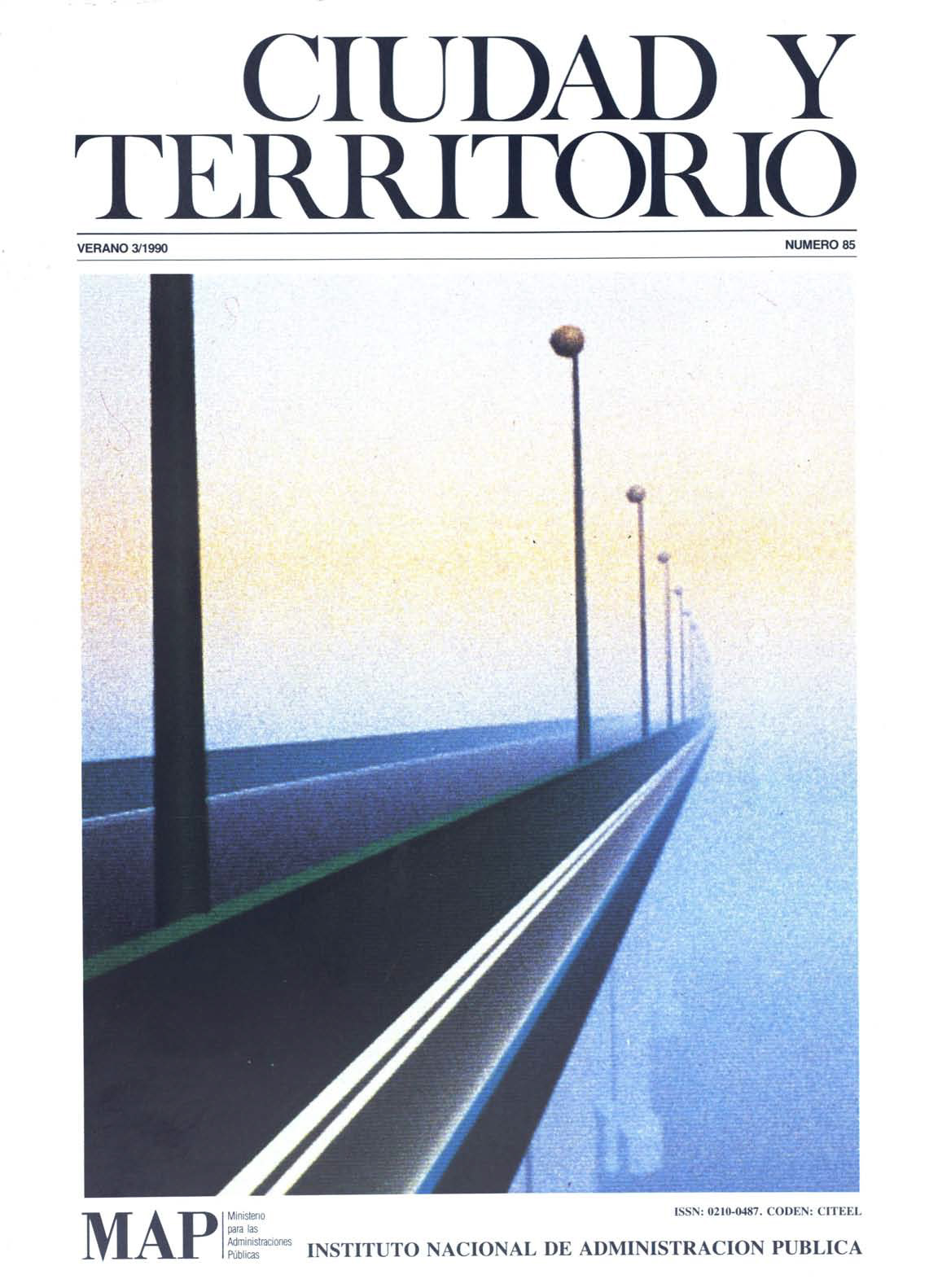Urban and architectural meanings in the evolution of Spanish-andine cities
Abstract
A host of studies, papers, speeches, theses and what you will on-The Spanish-American City» seem to agree that the founding of these answered something akin to a wish to set up forms of civilized life amongst the native population and that thus these represent a cultural gift of the Old to the New World. Though this idea has been taken up by certain sectors of Ibero-American thinking of Iate, one or two doubts as to its validity could still be raised, or so the paper claims. Has it in fact ever been put to the proof in terms of the immensity of the americas in such a way that such an examination could offer some hard and fast conclusions, we are asked? Does it answer to that stake of affairs that our knowledge of pre-hispanic civilizations allows us now to understand? this mos especially when considering the andine culture as then bodied forth in the last flowering of Inca cultures evolution in autarchy. Was this culture orgainized in a territorial way? The paper, based as it is on the author's own experience, offers answers to these questions that take the Hispano-Andine cities of Equador as their touch stones.
Downloads
Downloads
Published
How to Cite
Issue
Section
License
Copyright (c) 1990 Alfredo Lozano Castro

This work is licensed under a Creative Commons Attribution-NonCommercial-NoDerivatives 4.0 International License.
Considering the provisions of the current legislation on Intellectual Property, and in accordance with them, all authors publishing in CyTET give -in a non-exclusive way and without time limit- to the Ministry of Transport, Mobility and Urban Agenda the rights to disseminate, reproduce, communicate and distribute in any current or future format, on paper or electronic, the original or derived version of their work under a Creative Commons Attribution-NonCommercial-NoDerivative 4.0 license International (CC BY-NC-ND 4.0), as well as to include or assign to third parties the inclusion of its content in national and international indexes, repositories and databases, with reference and recognition in any case of its authorship.
In addition, when sending the work, the author(s) declares that it is an original work in which the sources that have been used are recognized, committing to respect the scientific evidence, to no longer modify the original data and to verify or refute its hypothesis. Author(s) also declare that the essential content of the work has not been previously published nor will it be published in any other publication while it is under evaluation by CyTET; and that it has not been simultaneously sent to another journal.
Authors must sign a Transfer of Rights Form, which will be sent to them from the CyTET Secretariat once the article is accepted for publication.
With the aim of promoting the dissemination of knowledge, CyTET joins the Open Journal Access (OA) movement and delivers all of its content to various national and international indexes, repositories and databases under this protocol; therefore, the submission of a work to be published in the journal presupposes the explicit acceptance by the author of this distribution method.
Authors are encouraged to reproduce and host their work published in CyTET in institutional repositories, web pages, etc. with the intention of contributing to the improvement of the transfer of knowledge and the citation of said works.








 Enlace a CyTET en Linkedin
Enlace a CyTET en Linkedin